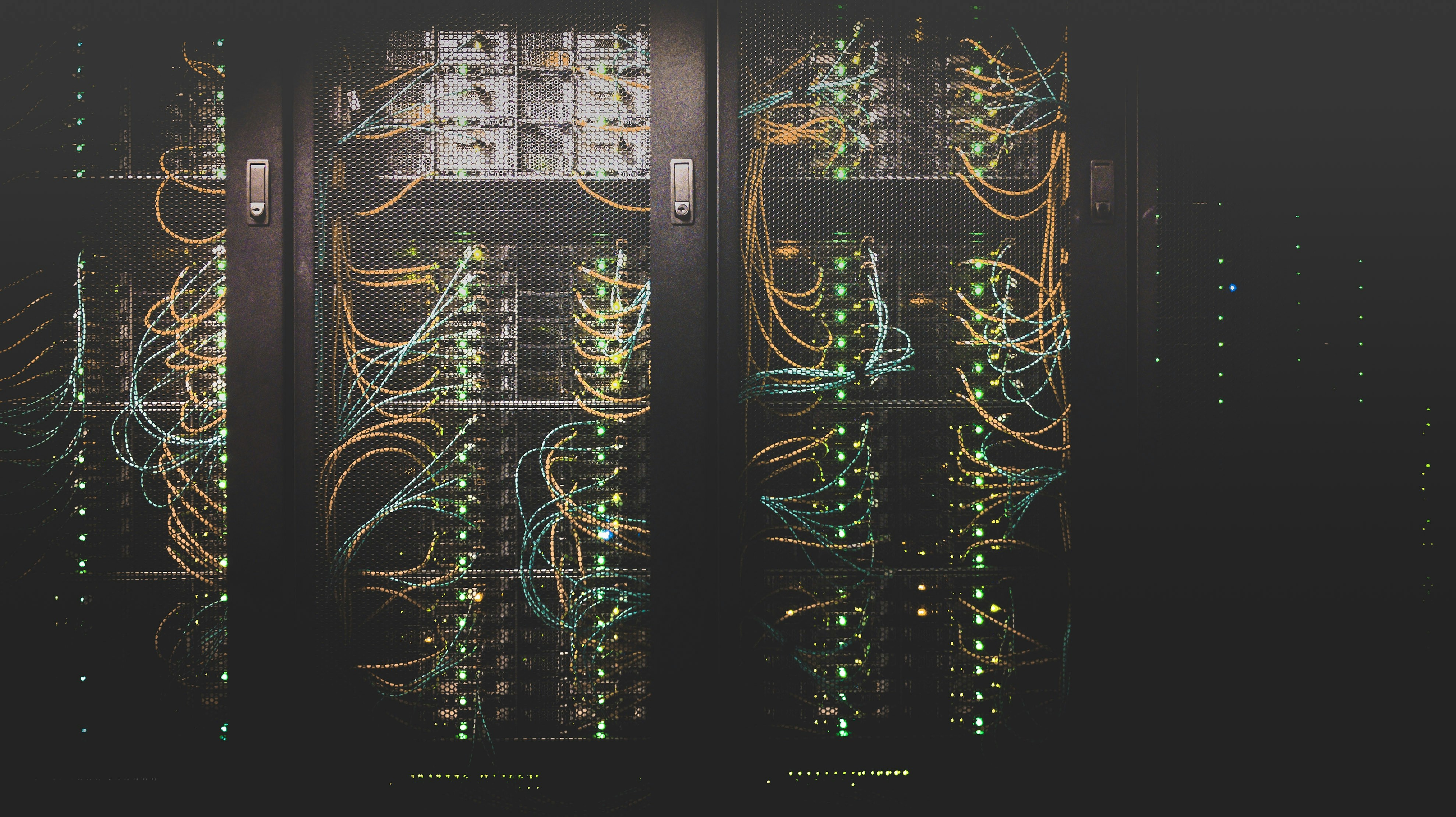GPU and AI Infra: Telemetry and Observability
Overview
Modern AI workloads depend heavily on GPU infrastructure for training and inference. These GPUs are expensive, power-hungry, and critical for production systems. Downtime, overheating, or inefficiency can result in wasted resources and delayed projects. This makes telemetry and observability essential: monitoring GPU health, collecting system metrics, and enabling automated responses.
In this article, we’ll explore:
- Telemetry basics for GPU clusters.
- Observability pillars (metrics, logs, traces).
- Alerts and automation strategies.
- A practical Java example for telemetry collection.
- Interview-focused insights and practice exercises.
By the end, you’ll understand how to design monitoring systems for GPU infrastructure — a frequent topic in FAANG interviews and large-scale system design discussions.

Why Telemetry and Observability Matter
- GPU utilization and cost: Training large models can cost millions of dollars. Underutilized GPUs waste money.
- Reliability: Detect overheating, failing drivers, or kernel errors early.
- Scalability: Monitor across thousands of GPUs in a distributed cluster.
- Optimization: Collect data to improve scheduling, cooling, and performance.
In short: Telemetry keeps the system alive. Observability helps you understand why.
Telemetry in GPU-Based AI Infrastructure
Telemetry is the process of collecting and transmitting metrics from GPUs and nodes.
Common Metrics
- Utilization (%): How busy the GPU cores are.
- Memory usage (MB/GB): Detects OOM conditions.
- Temperature (°C): Prevents hardware failures.
- Power consumption (W): Tracks energy efficiency.
- Error rates: CUDA errors, ECC memory faults.
Tools & Frameworks
- NVIDIA DCGM (Data Center GPU Manager): Low-level telemetry for NVIDIA GPUs.
- Prometheus: Metrics collection and scraping.
- Elasticsearch + Kibana: Storing and visualizing telemetry data.
Example Use Case
Monitor 1,000 GPUs in a data center to:
- Detect overheating GPUs and migrate workloads.
- Spot idle GPUs for better scheduling.
- Provide dashboards for operators.
Observability: Metrics, Logs, and Traces
Telemetry feeds into observability, which goes beyond raw metrics.
1. Metrics
- Quantitative values (utilization, latency, throughput).
- Aggregated and queried over time.
- Example: “Average GPU utilization over last 5 minutes.”
2. Logs
- Unstructured/semi-structured events.
- GPU driver errors, OOM crashes, fan failures.
- Example: “GPU 02 reported driver crash at timestamp X.”
3. Traces
- Distributed traces capture job execution across GPUs.
- Helps debug bottlenecks in multi-GPU training.
- Example: “Training job spent 40% waiting for gradients to sync.”
Putting it Together
- Metrics tell you what’s wrong (utilization dropped).
- Logs explain the event (driver crash).
- Traces show the bigger picture (delayed training step).
Alerts and Automation
Observability isn’t enough without alerts and automated remediation.
Alerts
- Threshold-based: GPU temp > 85°C, memory > 90%.
- Anomaly-based: Sudden utilization drop compared to baseline.
- Composite rules: Multiple metrics (high power + high temp).
Automated Actions
- Auto-scaling: Add GPUs if workload spikes.
- Job rescheduling: Move jobs off failing GPUs.
- Cooling adjustment: Trigger additional fans/AC.
Goal: Detect and fix issues before they impact users.
Code Example: Java Telemetry Collector
Below is a Java program simulating GPU telemetry collection and sending metrics to a monitoring endpoint (e.g., Prometheus Pushgateway, Elasticsearch).
import java.net.HttpURLConnection;
import java.net.URL;
import java.util.HashMap;
import java.util.Map;
import java.util.Random;
import org.json.JSONObject;
public class GPUTelemetryCollector {
private final String telemetryEndpoint;
private final Random random;
public GPUTelemetryCollector(String telemetryEndpoint) {
this.telemetryEndpoint = telemetryEndpoint;
this.random = new Random();
}
public void collectAndSendMetrics(String gpuId) throws Exception {
Map<String, Object> metrics = new HashMap<>();
metrics.put("gpu_id", gpuId);
metrics.put("timestamp", System.currentTimeMillis());
metrics.put("utilization_percent", random.nextDouble() * 100);
metrics.put("temperature_celsius", 50 + random.nextDouble() * 30);
metrics.put("memory_usage_mb", random.nextInt(16000));
JSONObject json = new JSONObject(metrics);
URL url = new URL(telemetryEndpoint);
HttpURLConnection conn = (HttpURLConnection) url.openConnection();
conn.setRequestMethod("POST");
conn.setRequestProperty("Content-Type", "application/json");
conn.setDoOutput(true);
conn.getOutputStream().write(json.toString().getBytes());
int responseCode = conn.getResponseCode();
if (responseCode == 200 || responseCode == 201) {
System.out.println("Telemetry sent: " + json);
} else {
System.err.println("Failed to send telemetry: HTTP " + responseCode);
}
}
public static void main(String[] args) throws Exception {
GPUTelemetryCollector collector = new GPUTelemetryCollector("http://localhost:9200/gpu-metrics/_doc");
collector.collectAndSendMetrics("gpu-001");
}
}Explanation
- Collects simulated metrics (utilization, temperature, memory).
- Sends metrics via HTTP POST to a monitoring endpoint.
- Can be extended with real GPU APIs (e.g., NVIDIA DCGM bindings).
Interview Insights
A common FAANG interview prompt: “Design a monitoring system for a GPU cluster.”
How to answer:
- Collect telemetry (GPU utilization, temperature, memory).
- Store in Prometheus/Elasticsearch.
- Build dashboards with Grafana/Kibana.
- Add alerts (thresholds, anomalies).
- Automate responses (reschedule jobs, auto-scale).
STAR Example (Amazon - CloudWatch)
- Situation: “Our training cluster needed GPU monitoring.”
- Task: “I was responsible for observability.”
- Action: “I set up telemetry pipelines to CloudWatch with custom metrics.”
- Result: “We reduced GPU idle time by 20% and improved reliability.”
Practice Exercise
Problem: Design a telemetry pipeline for 100 GPUs in a cluster.
- Define metrics (utilization, memory, temp).
- Pick a storage backend (Prometheus, Elasticsearch).
- Add alerts (e.g., temp > 85°C).
- Describe automation (e.g., job migration).
- Write a 100–150 word STAR response tailored to Amazon, Google, or Netflix.
Conclusion
Telemetry and observability are the foundation of reliable, scalable GPU-based AI infrastructure. They:
- Detect issues early.
- Improve GPU utilization and cost efficiency.
- Enable automation for resilience.
Mastering these concepts equips you for FAANG interviews and for running production AI systems at scale.
Next Step: Explore Microservices Pitfalls and Best Practices.